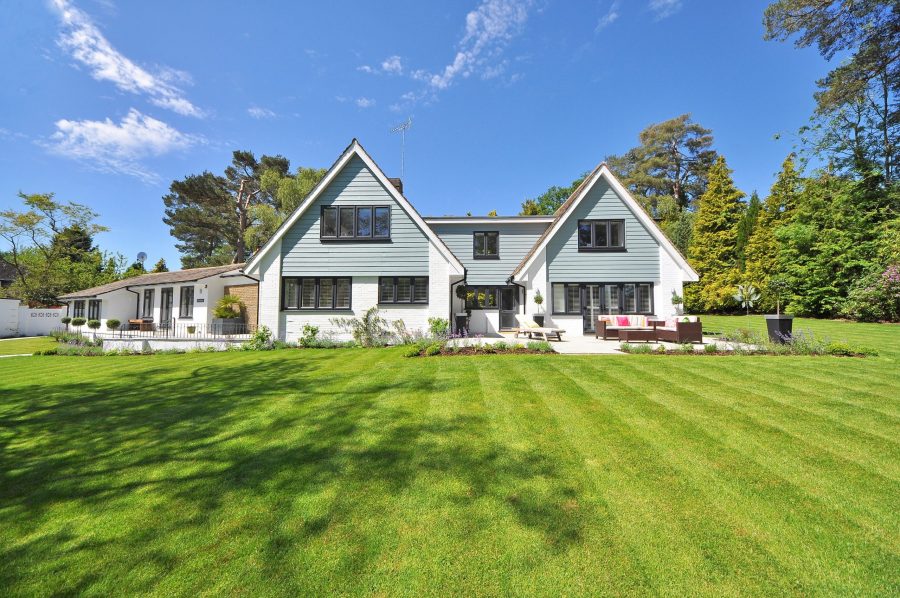If you live in an area where the sun is out almost each day and the temperatures soar into triple digits on a regular basis, you know all too well just how punishing the sun’s rays can be on you and your home. This is especially true of your roof, since the sun’s powerful rays can degrade many types of roofing surfaces, resulting in cracking and breaking. When this occurs, the heat is then transferred into your home, driving up your energy costs. If you don’t want this to occur, here are some excellent roofing options for sunny climates.

Slab Roofing
Also referred to as concrete roofing, slab roofing is used in many sunny climates. Though considered a very affordable roofing material, concrete slabs can be very heavy on top of your home, so make sure your home’s structure is sound enough to support the extra weight. As for why it is beneficial, it has to do with its thickness. Being so thick, the concrete takes longer to heat up, thus keeping the extra heat out of your home.
Terra-Cotta Roofing
Popular in the southwestern U.S., terra-cotta roofing is preferred by homeowners not just for its unique style, but also its durability. Often able to last for up to 50 years, this type of tile roofing relies on the curves in its tiles to constantly allow for air circulation, resulting in a cooler roof and cooler interior of your home.
Rubber Roofing
While actually a rubber-like synthetic substance known as EPDM, you will often hear this called rubber roofing. Able to reflect light and heat from its surface back into the atmosphere, tests have shown it is very good at resisting harmful UV rays, while at the same time also being resistant to cracking and bending that is found in many other types of roofing materials.
Metal Roofing
Becoming more and more popular with homeowners everywhere, metal roofing has undergone substantial upgrades in recent years, making it very appealing to people living in sunny climates. Often produced from recycled soda cans, metal roofing is excellent for hot, sunny climates because there is space between the panels and decking. As a result, the space acts as a barrier that blocks heat transference from the roof to the home’s interior, reducing cooling costs.
Now that you know which roofing options work best in sunny climates, you can get started with your research and planning to make the best choice for your home’s roof.